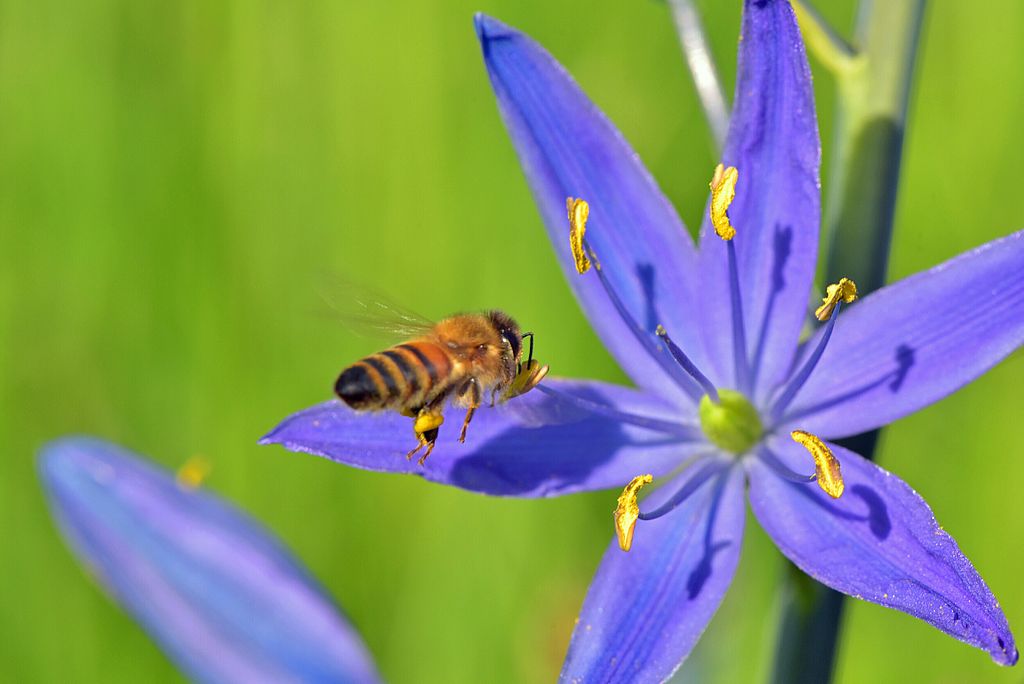How a Bee Sting Saved My Life: Testimony From a Lyme Disease Patient
Ellie Lobel was 27 when she was bitten by a tick and contracted Lyme disease. And she was not yet 45 when she decided to give up fighting for survival. Caused by corkscrew-shaped bacteria called Borrelia burgdorferi, which enter the body through the bite of a tick, Lyme disease is diagnosed in around 300,000 people every year in the United States. It kills almost none of these people, and is by and large curable - if caught in time. If doctors correctly identify the cause of the illness early on, antibiotics can wipe out the bacteria quickly before they spread through the heart, joints and nervous system.
 Credit - Victor Berthelsdorf, Wikimedia Commons, CC BY-SA 4.0
Credit - Victor Berthelsdorf, Wikimedia Commons, CC BY-SA 4.0
But back in the spring of 1996, Ellie didn't know to look for the characteristic bull's-eye rash when she was bitten - she thought it was just a weird spider bite. Then came three months with flu-like symptoms and horrible pains that moved around the body. Ellie was a fit, active woman with three kids, but her body did not know how to handle this new invader. She was incapacitated. "It was all I could do to get my head up off the pillow," Ellie remembers.
Her first doctor told her it was just a virus, and it would run its course. So did the next. As time wore on, Ellie went to doctor after doctor, each giving her a different diagnosis. Multiple sclerosis. Lupus. Rheumatoid arthritis. Fibromyalgia. None of them realised she was infected with Borrelia until more than a year after she contracted the disease - and by then, it was far too late. Lyme bacteria are exceptionally good at adapting, with some evidence that they may be capable of dodging both the immune system and the arsenal of antibiotics currently available. Borrelia are able to live all over the body, including the brain, leading to neurological symptoms...
- Tags:
- Africanised bees
- allergic to bees
- anaphylaxis
- Antibiotics
- apitherapy
- Australia
- Australian funnel-web spider
- bee sting
- bee venom
- BeeVinity
- Borrelia burgdorferi
- Bryan Fry
- Byetta
- California
- captopril
- Chinese traditional medicine
- Christie Wilcox
- Director of the Australian Venom Research Unit at the University of Melbourne. Ellie Lobel
- Eva Sapi
- Food and Agriculture Organization of the UN
- Glenn King
- high-performance liquid chromatography (HPLC)
- HIV
- Hymenoptera
- Jarisch-Herxheimer reaction
- Joshua L Hood
- Ken Winkel
- Lyme disease
- Lyme disease research
- melittin
- misdiagnosis
- neurological symptoms
- peptides
- post-treatment Lyme disease syndrome
- Rocky Mountain Laboratories in Montana
- tick-borne illnesses
- TRPV1 channels
- University of New Haven
- University of Queensland
- US Food and Drug Administration (FDA)
- venom drug discovery
- venom toxins
- venom treatments
- venom-derived pharmaceuticals
- Washington University School of Medicine
- Login to post comments